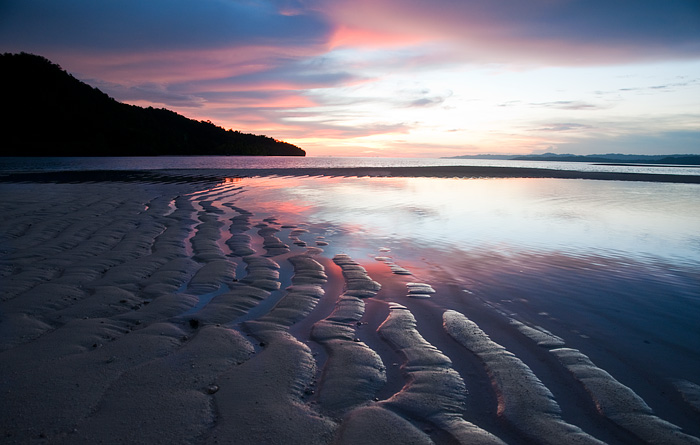What’s to do in Raja Ampat for non-divers? You don’t have to be a diver to have the best time in Raja Ampat. It’s not widely realised that Raja Ampat’s terrestrial biodiversity is every bit as rich as that of its more famous marine environment.
The islands also offer great experiences for those interested in…
- Snorkelling and swimming
- Island-hopping boat expeditions
- Waigeo wilderness trekking
- Wayag and remote area sightseeing
- Sea kayaking adventures
- Land based tours and trekking
- Snorkeling safaris, camping on beaches
- Low tide explorations
- Wildlife observation
- Birding (Birds of Paradise!)
- Village visits and cultural tours
- Simple relaxation in paradise
If you’re a diver, you probably already know Raja Ampat is as close as you’re ever going to get to heaven on earth. The beauty of Raja Ampat’s marine environments is that they are so diverse, rich and accessible that you don’t have to be a diver to be enthralled by the ever changing kaleidoscope of form and colour beneath the region’s waves.
There’s a huge range of ocean life able to be explored on a single lungful of air. Even pelagic species like manta rays can be found close to shore in waters shallow enough for them to be seen by simply donning a mask and snorkel and floating on the surface… though there’s nothing quite like taking a breath and getting down amongst them!
Even if you can’t swim at all, Raja Ampat’s tides make it possible to see an amazing range of marine animals. For a few hours every day coral reefs and sand flats emerge from the ocean and can be explored with ease. Coral, fish, rays and octopuses, squid, snakes, jelly and starfish – the shallows and pools created by the outgoing tides are almost as rich as the open ocean. Spend a minute looking down from almost any homestay jetty and you’ll be amazed.
Above the waterline, the myriad islands of the archipelago present ornate landscapes conjured by wind, wave and rainfall from an ancient limestone. Draped in dense tropical forest and fringed by mangroves, the islands’ baroque topography creates ecological niches every bit as diverse and rich as those beneath the waves.
Resounding with bird and insect calls, sheltering birds of paradise, cuscus and countless other forms of terrestrial life, the jungles of Raja Ampat abound in trekking opportunities and still offer the chance of encountering creatures and plants yet to be entered in any scientific taxonomy.
Raja Ampat’s cultural heritage is rich and diverse too, ranging from neolithic shell middens and prehistoric cave paintings, through relics from the era of the Four Kings who once ruled here and gave the region its name, to remnants of a more recent history such as the cave bunkers and seabed wreckage remaining from the Second World War.
There’s a lot to see and do in Raja Ampat for non-divers, but at the same time, you couldn’t pick a better place to get away from it all. Between the jungle’s dawn bird chorus and the ocean’s reflected sunset glow there’s nothing but the calm passing of another day, lost in a tropical island paradise.
See our land based adventures in Raja Ampat page for more detailed recommendations and tour operators…
